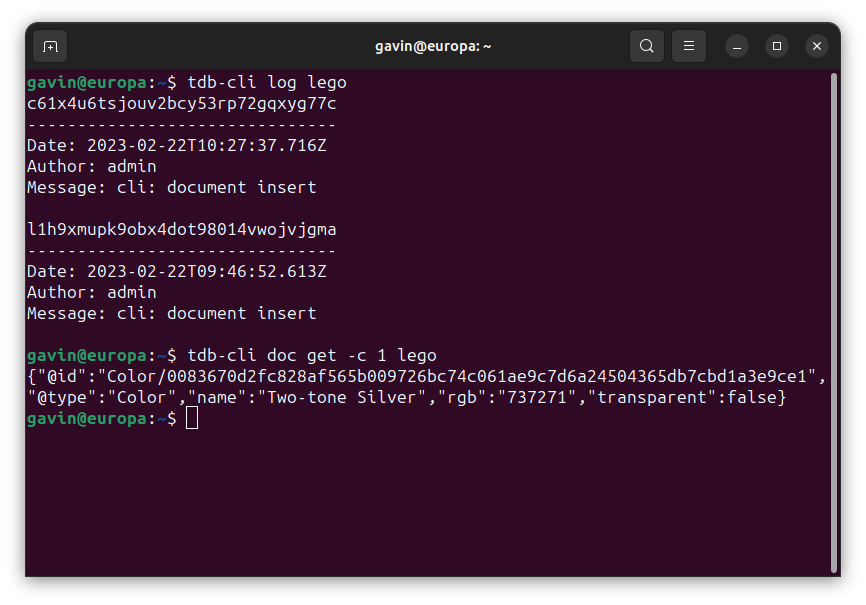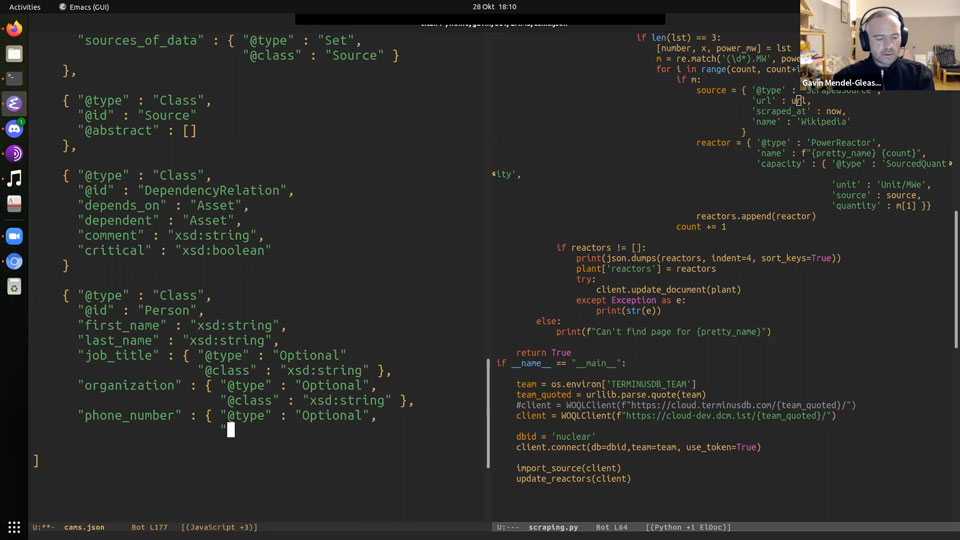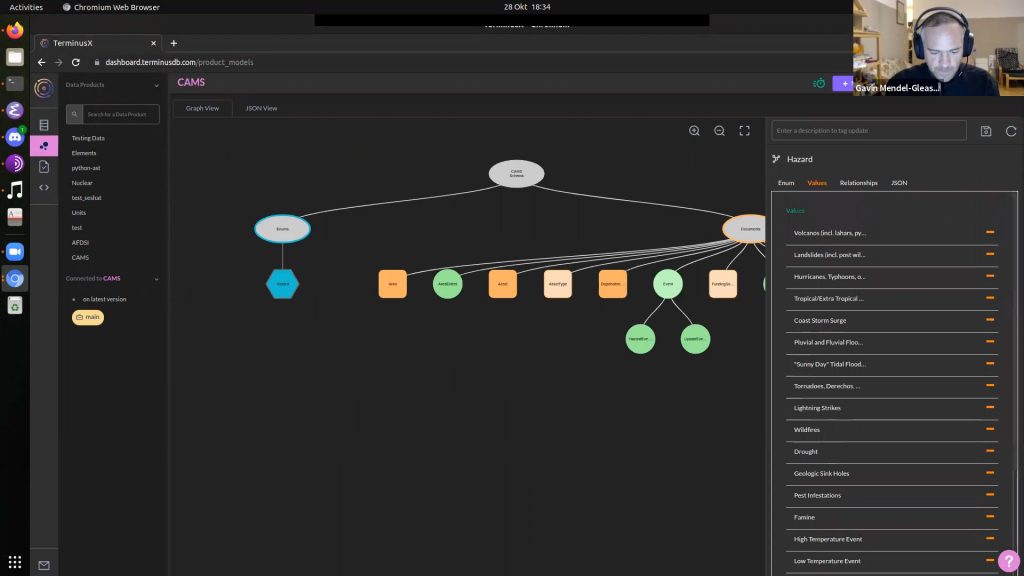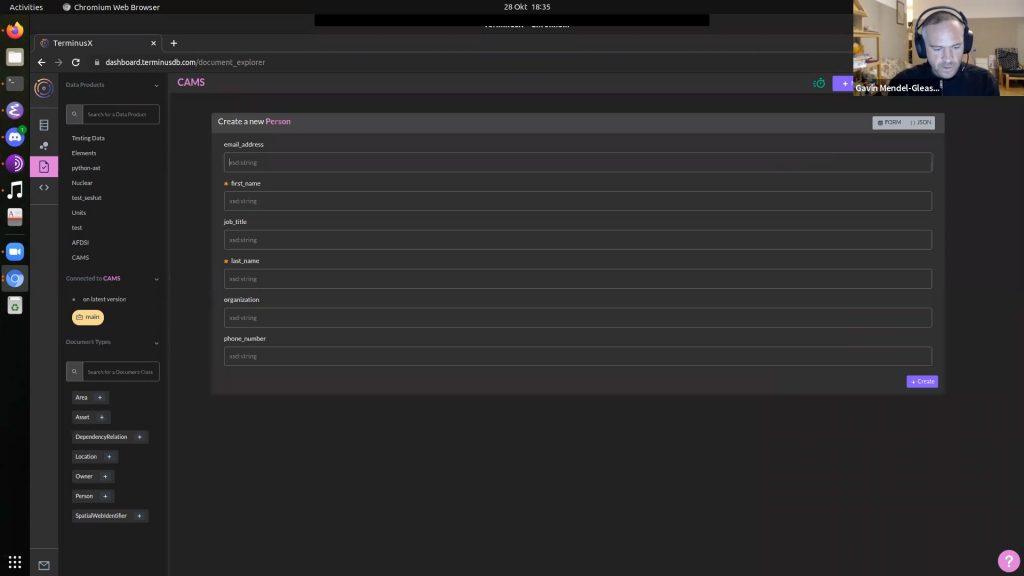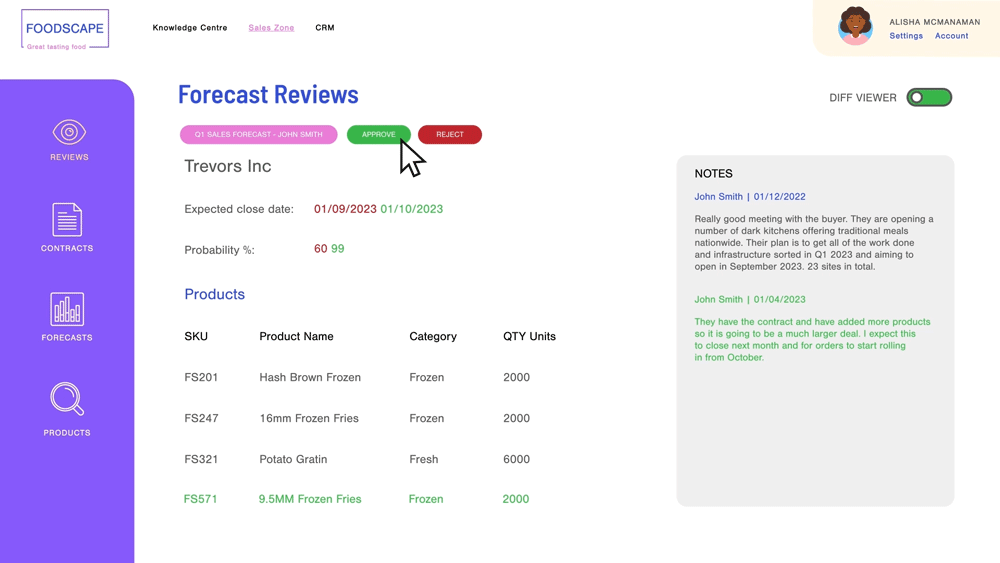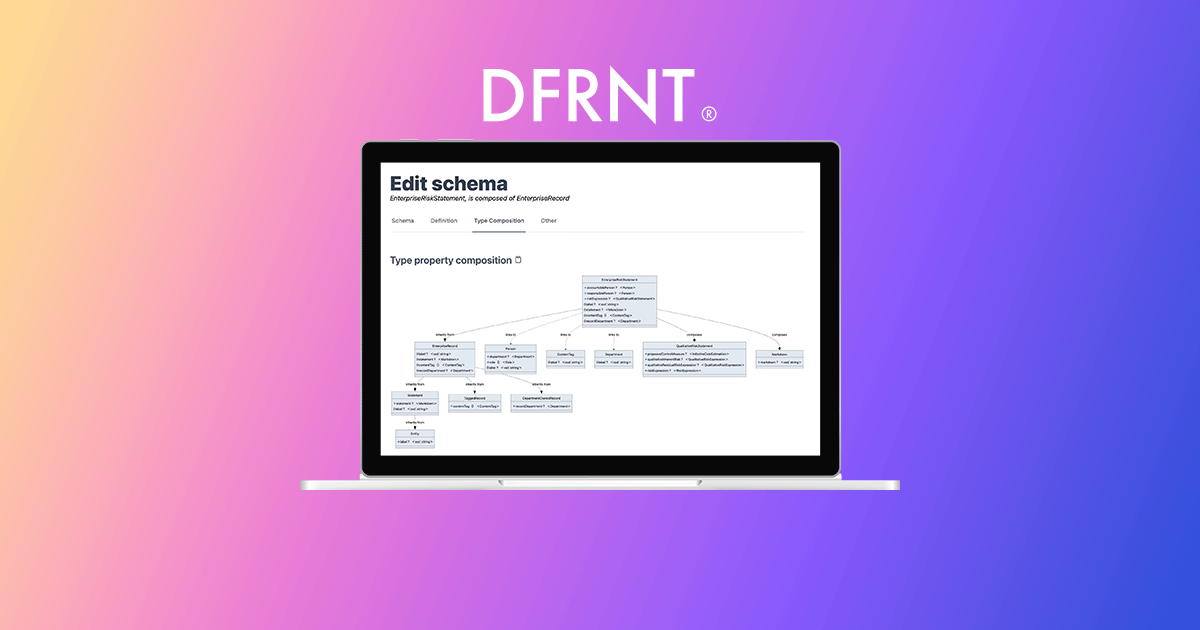TerminusDB to help Caribbean Island become disaster-resilient with Critical Asset Management System
A critical asset management system is being developed as part of a voluntary effort, led by ARISE-US, a private-sector advisory group to the United Nations Office for Disaster Risk Reduction (UNDRR), and TerminusDB.
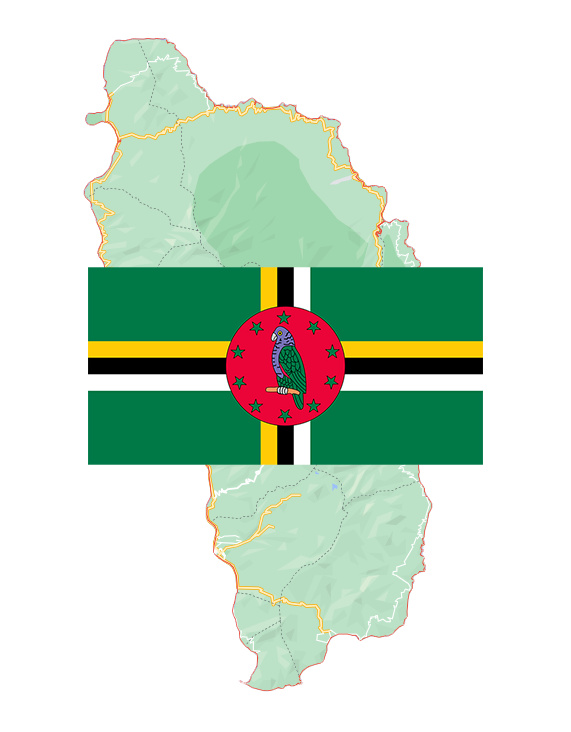

TerminusDB to help Caribbean Island become disaster-resilient with Critical Asset Management System
A critical asset management system is being developed as part of a voluntary effort, led by ARISE-US, a private-sector advisory group to the United Nations Office for Disaster Risk Reduction (UNDRR), and TerminusDB.
Climate change a concern
Climate change is the biggest challenge mankind has ever faced. With greenhouse gases causing global warming, rising sea levels, and severe weather patterns, many nations are increasingly exposed to disaster.
The Caribbean Island of Dominica, together with the United Nations and advisory group ARISE-US, is focusing on disaster resilience to help improve its response to extreme weather events. Dominica is particularly susceptible to the effects of climate change with rising sea levels, stronger hurricanes, longer dry seasons, and shorter wet seasons a real danger.
Dominica, unable to prevent extreme weather events, aspires to use technology to plan and respond to events to minimize long and short-term disruption to its infrastructures and save lives. It requires data-driven and robust disaster recovery and resilience plans based on its critical assets and the cascading impact of event-led failures.
The Ministry of Planning, Economic Development, Climate Resilience, Sustainable Development, and Renewable Energy of the Government of the Commonwealth of Dominica is the Focal Point for the project. The Dominica Association of Industry and Commerce (DAIC) and the Climate Resilience Execution Agency for Dominica (CREAD) – the organization whose mission is to lead Dominica’s efforts to become the first climate-resilient nation in the world – are supporting and assisting the Ministry.
Climate change a concern
Climate change is the biggest challenge mankind has ever faced. With greenhouse gases causing global warming, rising sea levels, and severe weather patterns, many nations are increasingly exposed to disaster.
The Caribbean Island of Dominica, together with the United Nations and advisory group ARISE-US, is focusing on disaster resilience to help improve its response to extreme weather events. Dominica is particularly susceptible to the effects of climate change with rising sea levels, stronger hurricanes, longer dry seasons, and shorter wet seasons a real danger.
Dominica, unable to prevent extreme weather events, aspires to use technology to plan and respond to events to minimize long and short-term disruption to its infrastructures and save lives. It requires data-driven and robust disaster recovery and resilience plans based on its critical assets and the cascading impact of event-led failures.
The Ministry of Planning, Economic Development, Climate Resilience, Sustainable Development, and Renewable Energy of the Government of the Commonwealth of Dominica is the Focal Point for the project. The Dominica Association of Industry and Commerce (DAIC) and the Climate Resilience Execution Agency for Dominica (CREAD) – the organization whose mission is to lead Dominica’s efforts to become the first climate-resilient nation in the world – are supporting and assisting the Ministry.
Volunteers
The Critical Asset Management Project is being led by Peter Williams of ARISE-US, who is joined by a team of specialist volunteers to help deliver the data-driven system. These include:
ARISE-US
Part of the ARISE global network that was established by UNDRR to build public-private collaboration in disaster risk reduction.
TerminusDB
An open-source graph database company, specializing in building collaborative data applications using TerminusDB and TerminusX.
Datacequia
Consultants specializing in the use of data to drive understanding and insights.
BGC Engineering
An international consulting firm that provides professional services in applied earth sciences.
Verses Labs
Providing enterprises, organizations, and governments with an extensive suite of integrated technologies that offer powerful spatial rights management.
Tony Carrato
An Ex-IBM Solutions Architect volunteering to help steer and develop the project.
Erik Hsu
A recent graduate volunteering to assist development of the front-end and JavaScript components of the project.
Critical asset management
The problem to solve
While Dominica may be able to identify many of its critical assets, ARISE-US’ experience suggests that several major gaps will be apparent, these include not fully:
- Identifying all critical assets which could affect its disaster resilience.
- Understanding the risk that each asset faces and how well placed it is to deal with that risk.
- Understanding how assets are interconnected & the chained consequences that may result.
These gaps can lead to failure chains which can significantly weaken resilience.
The first stage of the project is working with all stakeholders from central and local government, private sector organizations, emergency services, and the public to identify Dominica’s critical assets with the guidance of ARISE-US and the team.
What are critical assets?
All key infrastructure systems
communications, energy, water, sanitation, transportation, hospitals.
All emergency response assets
emergency response equipment, sensors, control rooms.
Assets that may become critical in an emergency
schools used as shelters, backup power supplies.
Assets or features that may be many miles from the area
dams, levees, energy grid links.
Natural systems also perhaps many miles away
forests that reduce flash flooding, dunes that attenuate storm surges.
Assets important to economic recovery
shopping centers, pharmacies, business premises, data centers.
Assets important to community recovery
community centers, welfare offices.
Plans affecting any of the above
Data about any of the above
The need to create critical asset relationships
During the initial project briefing, ARISE-US kindly illustrated a simple fictitious example of how relationships between assets need to be monitored to ensure disaster resilience.
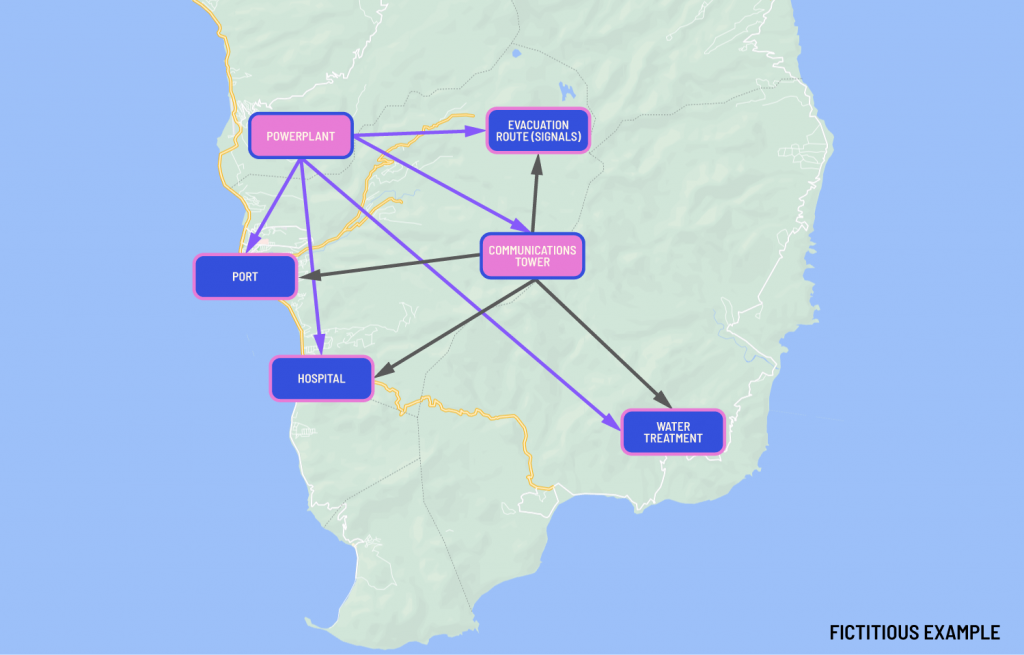
As well as identifying the critical assets, understanding the relationships and ‘failure chains’ within the network of independent assets is just as important.
In this simple example:
- The communications tower and powerplant are nodes that, if damaged in a hurricane, could trigger cascading failures in other assets.
- The damaged powerplant triggers failures at the port, hospital, water treatment, communications tower, and evacuation route.
- Each independent asset may have its own cascading failures, for example, the port has roles to play in emergency and food supplies.

As well as identifying the critical assets, understanding the relationships and ‘failure chains’ within the network of independent assets is just as important.
In this simple example:
- The communications tower and powerplant are nodes that, if damaged in a hurricane, could trigger cascading failures in other assets.
- The damaged powerplant triggers failures at the port, hospital, water treatment, communications tower, and evacuation route.
- Each independent asset may have its own cascading failures, for example, the port has roles to play in emergency and food supplies.
Disaster when failure chains are wrong
2003 US/Canada energy grid failure
The following example is a true story and illustrates the importance of understanding failure chains.
- Tree foliage hit a sagging powerline in Ohio on a hot summer day. It tripped:
- The resulting power overload shifted to other lines.
- Triggering further trips across 60+ segments of the grid.
- Over 500 generating units shut down by the sudden loss of demand.
- 60 million people lost power, some for days.
- The failure chain extended to cellphones, Amtrak, traffic, and water systems.
- There were 100 deaths and multiple fire service callouts, many due to the use of candles.
Disaster when failure chains are wrong
2003 US/Canada energy grid failure
The following example is a true story and illustrates the importance of understanding failure chains.
- Tree foliage hit a sagging powerline in Ohio on a hot summer day. It tripped:
- The resulting power overload shifted to other lines.
- Triggering further trips across 60+ segments of the grid.
- Over 500 generating units shut down by the sudden loss of demand.
- 60 million people lost power, some for days.
- The failure chain extended to cellphones, Amtrak, traffic, and water systems.
- There were 100 deaths and multiple fire service callouts, many due to the use of candles.
Making use of data to save lives
Understanding the critical assets and the relationships between them will help Dominica plan for disasters to make it more resilient and ultimately save lives. It is a large undertaking and will involve key stakeholders from central and local government, private organizations, emergency services, and the public.
How TerminusDB is helping
Co-founders Luke Feeney and Gavin Mendel Gleason are helping to steer the project in conjunction with ARISE-US. They are facilitating data discovery sessions and hosting a series of hackathons. The first stage is underway to build a full picture of requirements from a cross-section of stakeholders to underpin all the assets in the region.
In parallel to the data discovery sessions, TerminusDB, with help from the other expert volunteers, is building the platform to provide an array of functionalities. Using TerminusX the Critical Asset Management System will:
- Build an inventory of all the Island’s critical assets and the relevant data associated with them, for example, geographical coordinates.
- Capture key contact information for assets – This could include multiple people for a powerplant, through to a school caretaker who may have the keys to the school and need to be contacted to open it up as a place of shelter.
- Capture data on disaster severity and impact. These can range from cybersecurity threats to natural disasters and each has differing levels of criteria in terms of impact.
- Plot relationships, spatial and dependency, between critical assets to identify failure chains.
- Provide the ability to highlight the impact on critical assets and their failure chains based on the severity and type of disaster.
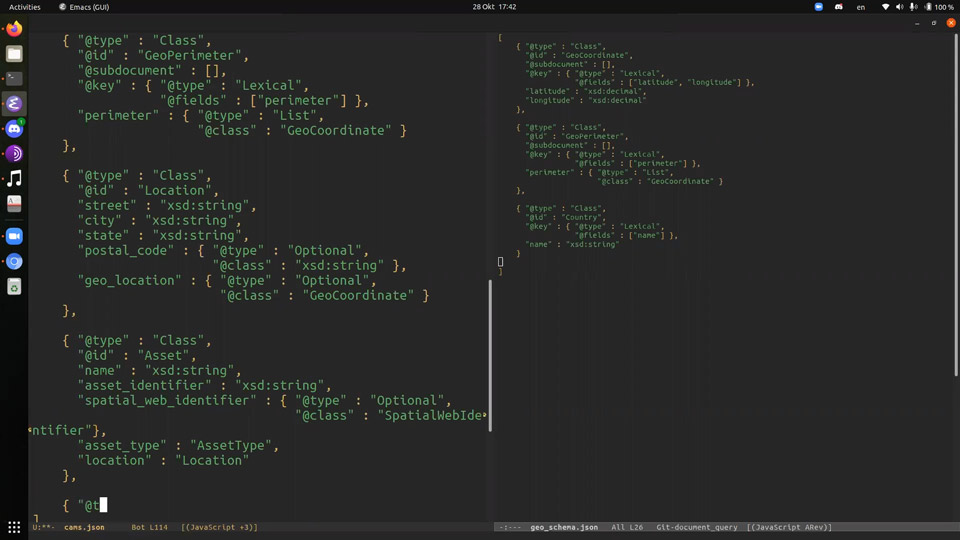
With the data and relationship elements captured in TerminusX’s document-oriented graph database, the Critical Asset Management System will provide Dominica with the ability to:
- Input and edit data via a user interface to keep assets updated.
- Identify failure chains using a browser-based application. Users will be able to use either a map GUI to identify and plot risks and their dependencies or a form-based app.
- Provide the output of failure chains to other teams such as emergency control rooms, government officials, and risk analysis tools/teams.
What’s happened so far?
A number of meetings to understand the project, work out legalities, and introduce the team to one another have taken place. The team then undertook a quick Goals, Concerns, Ideas, and Questions (GCIQ) session to establish a common ground. From here the development teams ran two hackathons to sound out the technology and start to lay the foundations of the Critical Asset Management System.
Here you can see Gavin build the schema and graph based on the project brief. Working across continents on zoom, Gavin and the team built the bones of the application in under two hours.
What’s next?
Meetings with Dominica are taking place over the course of the next couple of months. They are led by TerminusDB and ARISE-US to establish all of the parameters around its critical assets. The current phase is to collect data and build the application for an MVP in January for extensive user testing.
Keep an eye out for the latest developments in our work with the United Nations, helping countries like Dominica become more resilient to disasters. We’ll be providing regular updates. So far no trip to the Caribbean has materialized for the Terminators. We’ll keep our fingers crossed on that front!
Making use of data to save lives
Understanding the critical assets and the relationships between them will help Dominica plan for disasters to make it more resilient and ultimately save lives. It is a large undertaking and will involve key stakeholders from central and local government, private organizations, emergency services, and the public.
How TerminusDB is helping
Co-founders Luke Feeney and Gavin Mendel Gleason are helping to steer the project in conjunction with ARISE-US. They are facilitating data discovery sessions and hosting a series of hackathons. The first stage is underway to build a full picture of requirements from a cross-section of stakeholders to underpin all the assets in the region.
In parallel to the data discovery sessions, TerminusDB, with help from the other expert volunteers, is building the platform to provide an array of functionalities. Using TerminusX the Critical Asset Management System will:
- Build an inventory of all the Island’s critical assets and the relevant data associated with them, for example, geographical coordinates.
- Capture key contact information for assets – This could include multiple people for a powerplant, through to a school caretaker who may have the keys to the school and need to be contacted to open it up as a place of shelter.
- Capture data on disaster severity and impact. These can range from cybersecurity threats to natural disasters and each has differing levels of criteria in terms of impact.
- Plot relationships, spatial and dependency, between critical assets to identify failure chains.
- Provide the ability to highlight the impact on critical assets and their failure chains based on the severity and type of disaster.

With the data and relationship elements captured in TerminusX’s document-oriented graph database, the Critical Asset Management System will provide Dominica with the ability to:
- Input and edit data via a user interface to keep assets updated.
- Identify failure chains using a browser-based application. Users will be able to use either a map GUI to identify and plot risks and their dependencies or a form-based app.
- Provide the output of failure chains to other teams such as emergency control rooms, government officials, and risk analysis tools/teams.
What’s happened so far?
A number of meetings to understand the project, work out legalities, and introduce the team to one another have taken place. The team then undertook a quick Goals, Concerns, Ideas, and Questions (GCIQ) session to establish a common ground. From here the development teams ran two hackathons to sound out the technology and start to lay the foundations of the Critical Asset Management System.
Here you can see Gavin build the schema and graph based on the project brief. Working across continents on zoom, Gavin and the team built the bones of the application in under two hours.
What’s next?
Meetings with Dominica are taking place over the course of the next couple of months. They are led by TerminusDB and ARISE-US to establish all of the parameters around its critical assets. The current phase is to collect data and build the application for an MVP in January for extensive user testing.
Keep an eye out for the latest developments in our work with the United Nations, helping countries like Dominica become more resilient to disasters. We’ll be providing regular updates. So far no trip to the Caribbean has materialized for the Terminators. We’ll keep our fingers crossed on that front!
Start building apps yourself

Find out how the project progresses
Sign up to our newsletter to keep informed about the Critical Asset Management project and the wider data world.
